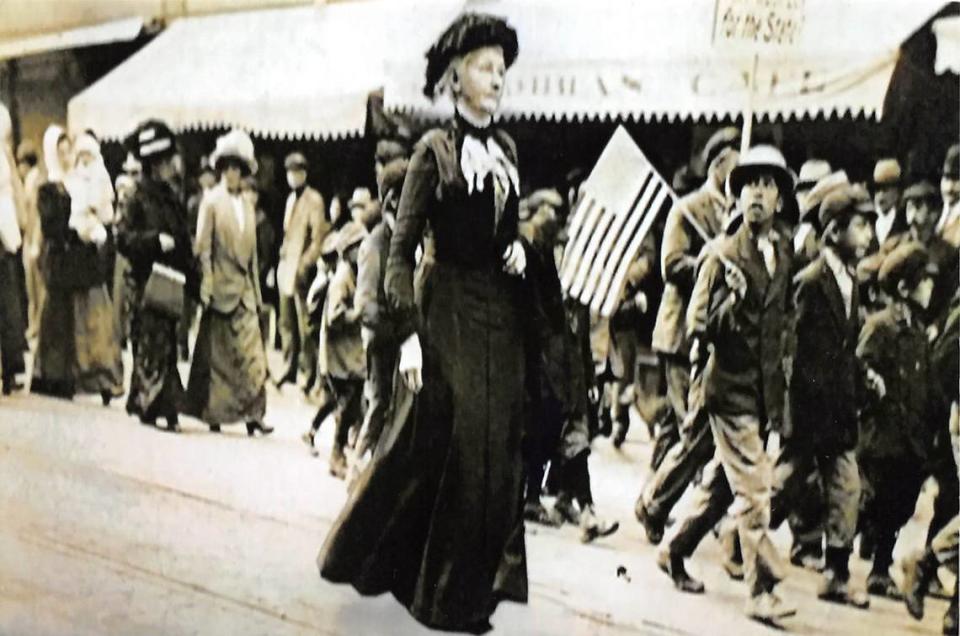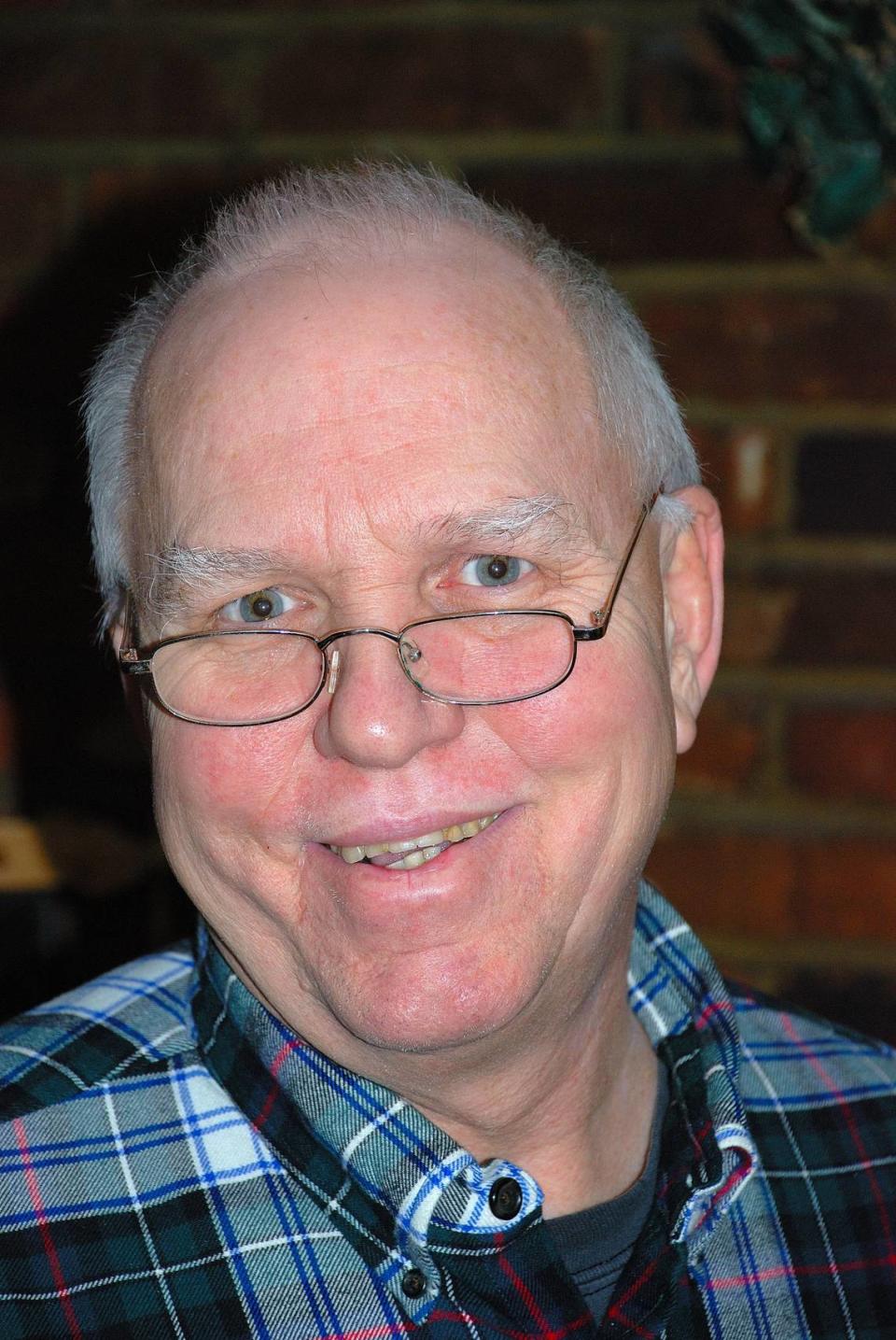On Workers Memorial Day, remember the labor unions that fought to make work safer | Opinion
- Oops!Something went wrong.Please try again later.
Since 1989, AFL-CIO unions have observed April 28 as Workers Memorial Day because the Occupational Safety and Health Administration began on that day in 1971.
Unions also hold services “to remember workers killed, injured, or made ill on the job and to renew the fight for strong safety and health protections,” according to the AFL-CIO.
Unions took the lead in championing OSHA, which has done much to improve worker safety and health for all workers. But the AFL-CIO says more needs to be done. “Each year, thousands of workers are killed, and millions more suffer injury and illness because of dangerous working conditions that are preventable.”
When it comes to unions and worker safety and health laws, the voice of history, the subject I taught for two dozen years, could hardly be louder or clearer.
We need them both.
In an ideal world, everybody would live by the Golden Rule, some form of which can be found in just about every religion. But we live in a real world where, sadly, greed is the gospel of many employers.
If those employers got their way, we wouldn’t have unions or worker safety and health laws. For a long time, we didn’t have either.
Only a small fraction of the U.S. workforce was unionized until the 1930s when a Democratic-majority New Deal Congress passed legislation giving workers the right to vote in unions and requiring employers to recognize and bargain with the unions. President Franklin D. Roosevelt, a Democrat, signed the measure into law.
Not until 1970 did Congress pass legislation creating OSHA, which AFL-CIO President George Meany hailed as “a long step ... toward a safe and healthy workplace.” The Mine Safety and Health Administration came seven years later.
OSHA and MSHA were needed because many, if not most, state and local worker safety and health laws were inadequate or were not rigorously enforced.
Before strong unions and meaningful laws to protect worker safety and health, most workers toiled long hours at low pay in jobs that threatened – and often claimed – life and limb.
Railroads, mines and factories were slaughterhouses and, as a group, their owners and managers flat didn’t care. America’s “Captains of Industry” believed nothing — especially government and unions — should keep them from making as much money as they wanted, even if it meant impoverishing and brutalizing their workers.
“The rights and interests of the laboring man will be protected and cared for, not by the labor agitators, but by the Christian men to whom God in His infinite wisdom has given control of the property interests of the country, and upon the successful Management of which so much depends,” said industrialist George F. Baer.
Many children were among the thousands who were annually killed on the job in American industry. Child labor was widespread and blessed by many industrialists. “The most beautiful sight that we see is the child at labor,” declared Asa Candler, a founder of Coca-Cola. “As early as he may get at labor the more beautiful, the more useful does his life get to be.”
Adults were so poorly paid that boys and girls as young as 10 had to go to work to help their parents. (Child labor seems to be on the way back with some Republican governors and Republican-majority state legislatures calling for loosening restrictions on child labor.)
In the name of “free enterprise,” the millionaires in Baer’s day brazenly bankrolled right-wing politicians to help them break unions and keep Uncle Sam from safeguarding worker safety and health on the job.
Today’s plutocrats and their anti-union water carriers in Congress — and the Kentucky General Assembly — are still at it.
But when we pause on Workers Memorial Day, let us remember the words of one of the greatest union heroes from history, Mary Harris “Mother” Jones: “Mourn the dead; fight like hell for the living!”
Berry Craig of Arlington is a professor emeritus of history at West Kentucky Community and Technical College in Paducah and a retiree member of the American Federation of Teachers, AFL-CIO, and the Kentucky Education Association.


